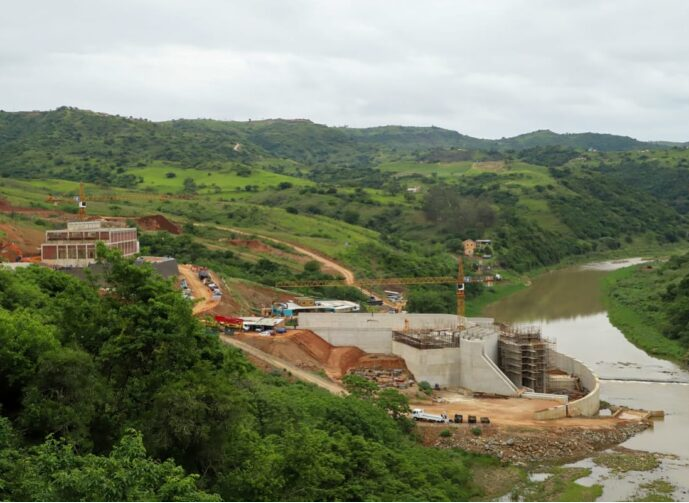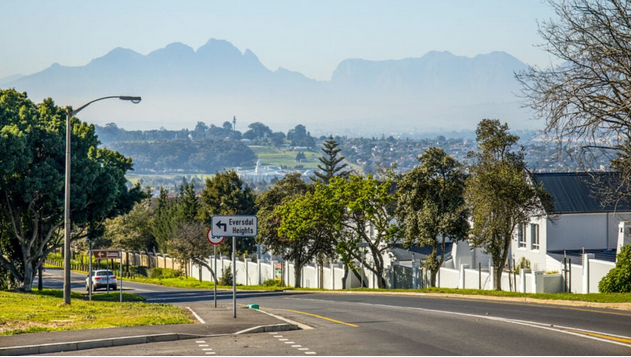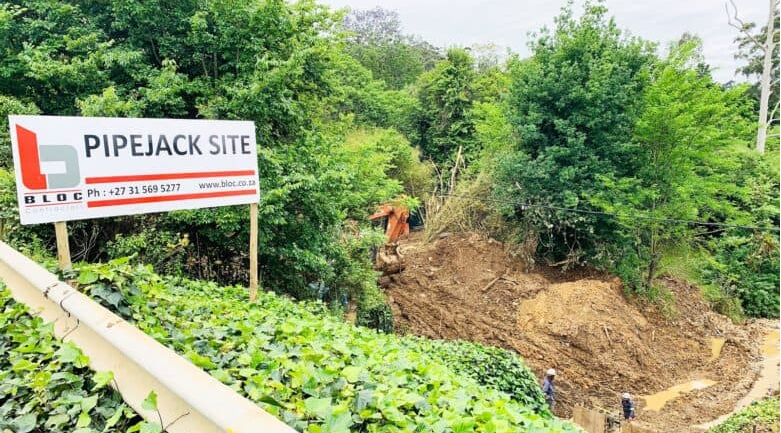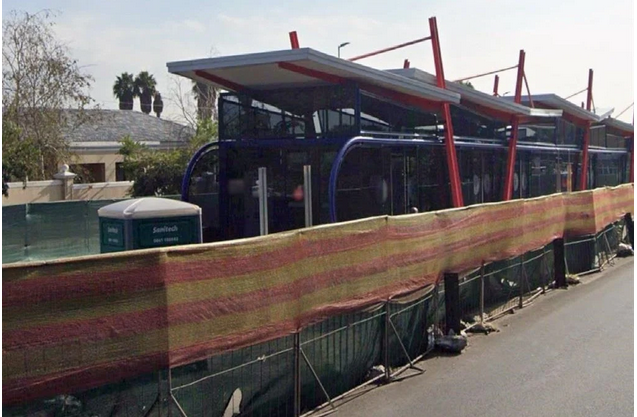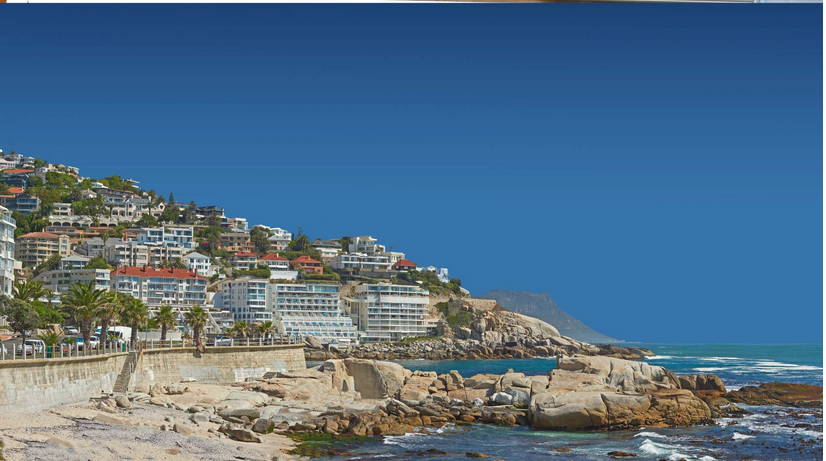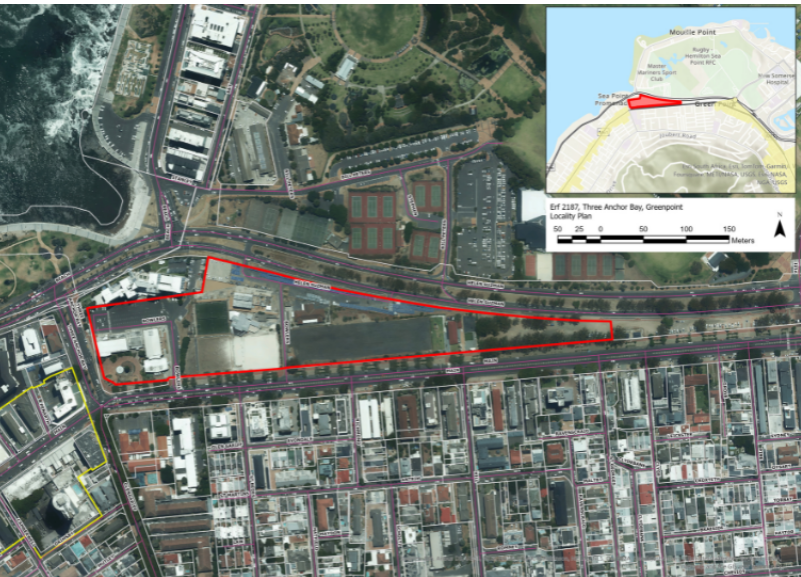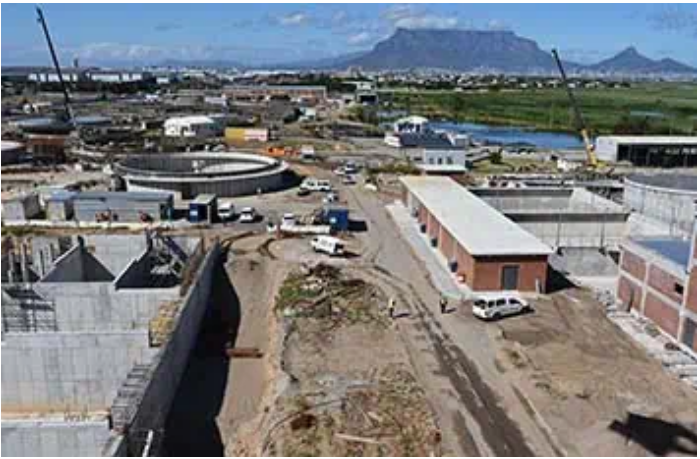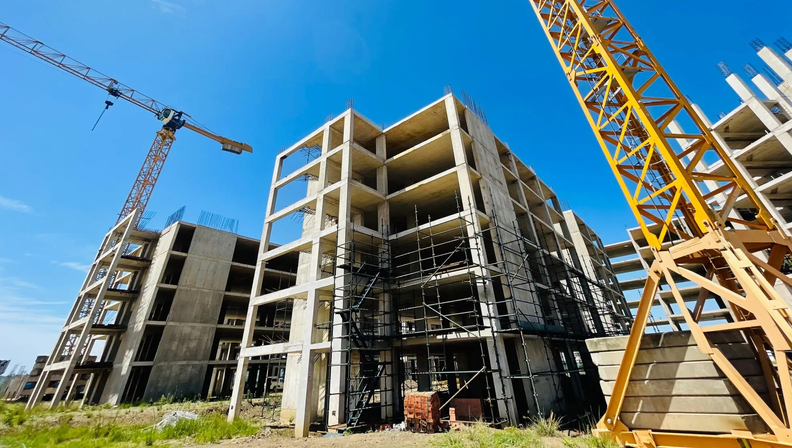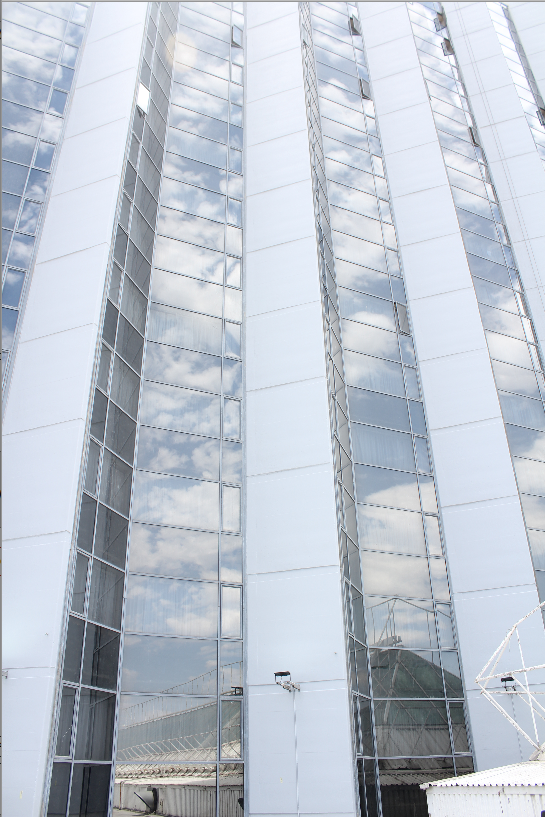Proposed Hilton development Sparks environmental concerns
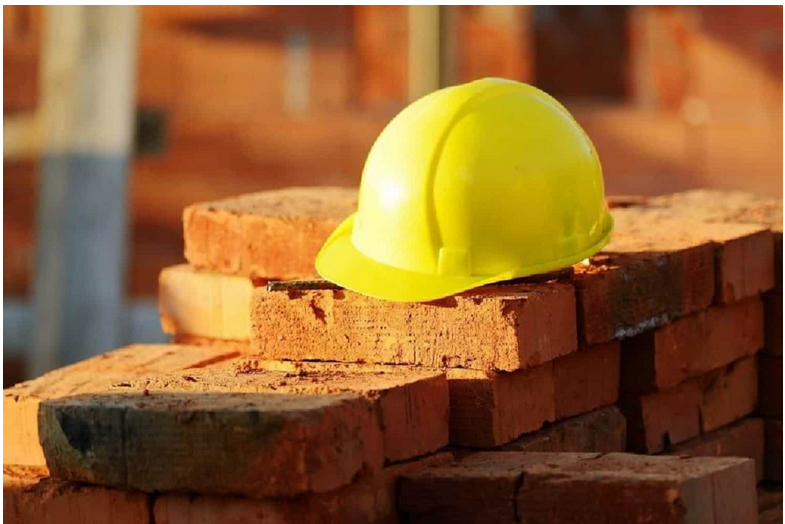
13-11-2024
Read : 69 times
The Witness
Source
The proposed residential plot is still in its initial stages and an environmental assessment is currently underway.
A recent assessment for a proposed residential development in the Hilton, Town Bush, and Ferncliffe areas has raised concerns among environmental and residential associations.
The area, known as Erf 364, lies along the edge of Hilton Gardens to lower Ferncliffe, adjacent to the N3.
While the development is still in the early stages and specific details are yet to be confirmed, initial documents suggest that it could span 101 hectares, with an estimated 184 residential units and several five-hectare plots.
The proposed residential plot, according to the Green Door Environmental environmental consultancy, which is handling the project, is still in its initial stages and an environmental assessment is presently underway.
It is open to public comments, which environmental and residential associations have taken advantage of to speak about their concerns.
Cameron Brisbane, spokesperson of the Chase Valley Corridor Civic Association, said the main concern was the additional pressure that would be placed on stormwater drains.
“There has been a progression of residential developments up the Town Bush and Chase Valley corridors over decades, and no account has been taken of the cumulative impact of stormwater runoff downstream,” Brisbane said.
In his submission to being an interested and impacted party, Brisbane highlighted the 2014 floods that affected the Chasedene residents and flooded “the rear of Cascades Lifestyle Centre”.
His submission for a previous development, Monticiano Estates, saw 1 360 online objections within three days.
Janine Stephens, co-founder of the non-profit organisation Ferncliffe Forest Wilding, shared similar concerns on the loss of water catchments and the threat to Ferncliffe, which is an endangered mistbelt forest habitat.
“Water catchments in this era of intense storms and climate change need to be preserved. Undeveloped, forested land acts as a sponge and can help prevent severe flooding, never mind the essential role such green belts play in cooling the city and improving air quality,” Stephens said.
She added that the development would cut off the mistbelt from the Midlands, causing the biodiversity to gradually disappear.
She noted that even though the development would not destroy the corridor instantly, “the trend has been for one to lead to another”.
Additionally, even though the developer’s notes state that the land has been transformed due to its being used for timber, Stephens believes it can be restored.
“We’d like to see Ferncliffe grow, not shrink. Does the region really need more upmarket residential developments so close to a critical biodiversity area, or should authorities rather be looking at a healthy environment for all?”she asked.
Their own policies recognise the need for buffer zones and prevention of the loss of potential agricultural land and biodiversity.
Recent News
Here are recent news articles from the Building and Construction Industry.
Have you signed up for your free copy yet?
